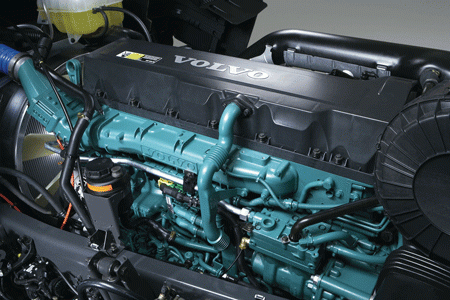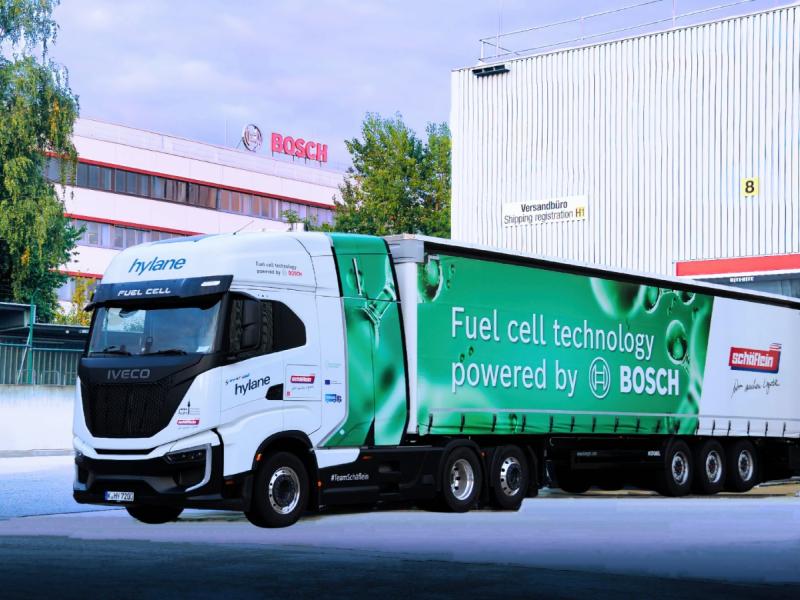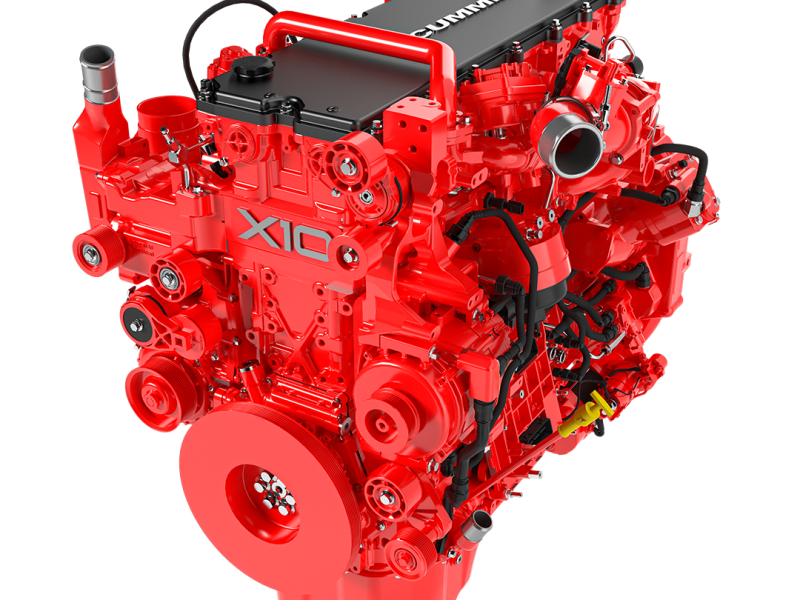| Not so long ago, a change in lubrication oil standards was a big event, something that came along maybe once a decade. In the field of diesel engines, that’s assuredly not the case any more. The introduction of ever-more-stringent exhaust emission limits has meant that oil standards have had to change rapidly and regularly to cater to the new engine environments. The changes show up in two areas. Exhaust after-treatment (catalytic converters, SCR, diesel particulate filters) can be clogged or contaminated by the particles produced by lubrication oil being burnt (as a small proportion inevitably will be). This has forced the reformulation of additive packages for oils used in engines with exhaust after-treatment. The alternative approach to emissions-reduction, EGR (exhaust gas recirculation), carries its own challenges. By introducing already burnt fuel back into the combustion space, it causes higher oil contamination, generally with soot particles that are not only abrasive of metal surfaces but also rapidly absorb the oil’s active additive components, thereby limiting their effective life. EGR also puts oil under increased thermal stress. Though the concept is designed to reduce the peak combustion temperatures in the cylinder (and consequently the production of oxides of nitrogen), it also has the seemingly paradoxical effect of raising the overall temperature of the cylinder head region – providing the oil with a higher workload to transfer the heat away. The evolution of modern diesel powerplants has not helped, either. Where not long ago they were the poor cousins of their petrol counterparts in terms of power, now they’re reaching parity, especially in the light-vehicle sphere (though heavy diesels, their peak outputs now past 600hp and with maximum torque approaching 200Nm/litre, are right up there as well). The extra oomph means vastly increased heat output and bearing pressures – both giving the oil a higher workload. The higher bearing pressures are better handled by synthetic oils, which have a greater resistance to molecular shearing and a more stable viscosity at high temperatures than classic mineral-derived oil. However, quasi-synthetics, in which mineral oil is used as a base and then modified using similar processes to synthetics, also offer good extreme-pressure and viscosity performance. A new generation of oils known as low-SAPS (for Sulphated Ash, Phosphorous and Sulpur) has been developed for SCR engines using particulate filters. The SAPS components are present in previous additive formulations to enhance the oil’s extreme-pressure and lubrication qualities and help retain contaminants in suspension, but when burnt they can clog and contaminate exhaust filters. Mike Hurley, from Chevron Lubricants agent Diesel Services, sees low-SAPS oils taking a rapidly-increasing share of our diesel-engine lubrication market as exhaust regulations come on stream. The changes to additive formulations has made a very complex subject even more complex, certainly way outside the scope of this article. A modern diesel oil contains not just the oil, but dispersants to keep fuel soot in suspension and thus avoid filter plugging, heavy cylinder head sludge, abrasive polishing wear, high viscosity increase, and oil gelling. All these problems can result in excessive engine wear and bearing failure on startup, without prior indication to the operator. Then there are inhibitors to control oxidation, sludge, and undue thickening during oil drain periods. Extreme pressure antiwear additives protect against valve train wear and scuffing of highly loaded parts operating under boundary lubrication. Viscosity index improvers ensure easy flow at low temperatures and enhanced film protection in hot engine areas, while defoaming additives prevent air entrapment. Another important recent change in oil formulation has been the move to minimal drag, for enhanced fuel economy. Consequently, most modern oils have a low-viscosity 5W-30 or 10W-30 rating. The two major oil standards authorities are the API (American Petroleum Institute) and Europe’s ACEA (Association of Automobile Manufacturers), which publish generally-comparable standards. The two current heavy-diesel API grades are CI-4 /CI-4 Plus and CJ-4. The latter is designed especially for engines with exhaust after-treatment meeting the 2007 EPA regulations. Their equivalents from ACEA are E7-08 and the low-SAPS E9-08. The upshot of all these recent developments is that, despite oil technology improving steadily, the countervailing challenges have limited the increased drain intervals that would otherwise have resulted. Though a top-line synthetic could possibly stretch to 60,000km in a consistently-run line-haul truck, intervals of 25-30,000km are more common. |
To ensure they’re not needlessly dropping oil when it still has a good service life, many operators are turning to the oil diagnostic services offered by Goughs and Shell among others. In the Goughs Fluid Analysis system, pre-paid sample kits are posted to a laboratory in Christchurch and a report either posted back or made available by an internet link. Standard tests include elemental analysis of 22 elements; tests for moisture content and fuel dilution of engine oil samples; analysis that ascertains the levels of iron, soot, oxidation, nitration and sulphur products in the oil, and viscosity tests that ascertain the viscosity at 40 degrees. |
Changes in diesel lubrication
Changes in diesel lubrication
Diesel Industry News






